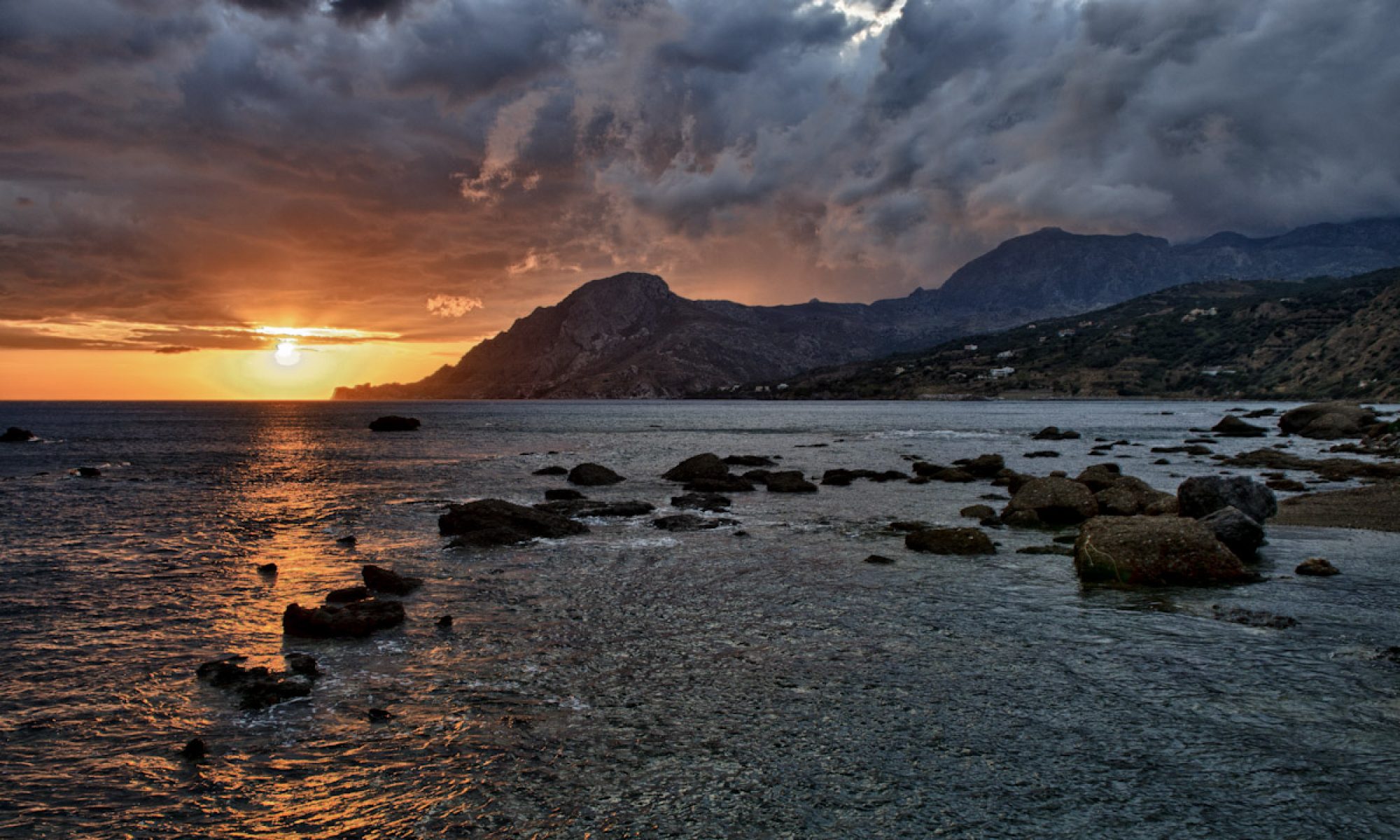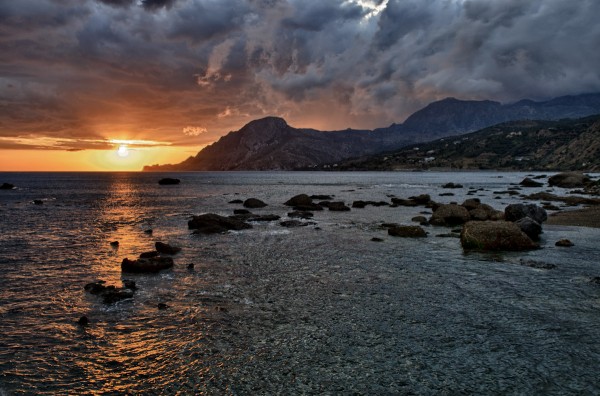I usually have a point and shoot camera with me – or at least, I used to. In the past year I’ve stopped carrying it around, and instead I’ve just relied on my cameraphone.
What’s surprised me though, is the reason.
It’s not that it’s a burden to carry around a single-utility device. Yes, it’s great that my phone now checks my email, my bank statements, my friends’ updates .. as well as taking pictures and making phone calls. And yes, a point and shoot camera does none of those aside from snapping photos.
The reason that I no longer use my point and shoot camera is that it doesn’t connect to the internet.
I love the instantaneous posting that cameraphones enable: quickly posting a photo from a vacation or a get together with friends.
So why then haven’t camera companies (yes, you Nikon, Canon, et. al.) embedded wifi capabilities into their cameras? There are still plenty of times when the cameraphone just won’t do: low lighting, zooming, and the like. And people still (at least for the time being) do bring along cameras for special occasions – vacations, parties, etc.,
But for how much longer will this last? How long can you expect the general public to take the camera home, download the images to your computer and then upload them online?
Yes, there are a few models available – but it represents maybe as much as 5% of the cameras out there? Meanwhile you’d be hard pressed to find a cell phone without a camera..
On my recent trip to Greece, on a few occasions, I found myself putting the camera away and pulling out my cell phone for the sole purpose of.. capturing a photo – how insane is that? Just because I wanted to share the picture quickly.
So I’m adding this to my wishlist for my next camera. I want the Nikon D700 replacement to be wifi enabled. I also want the next iteration of the high-ISO micro 4/3rds camera to be wifi enabled too.
Come on guys, if you want to stay relevant, you need to move a little faster.


